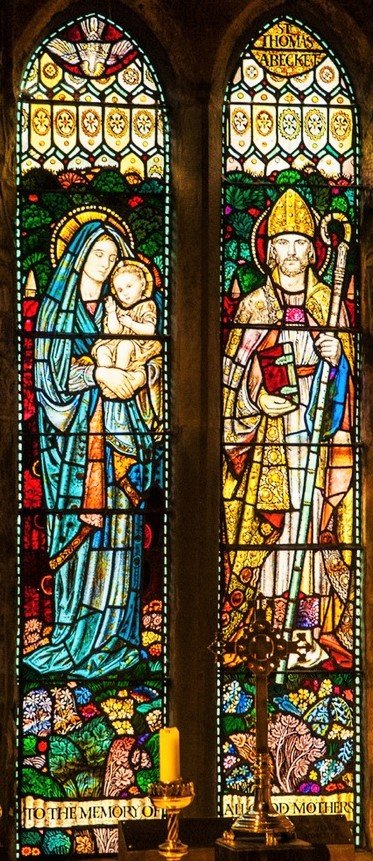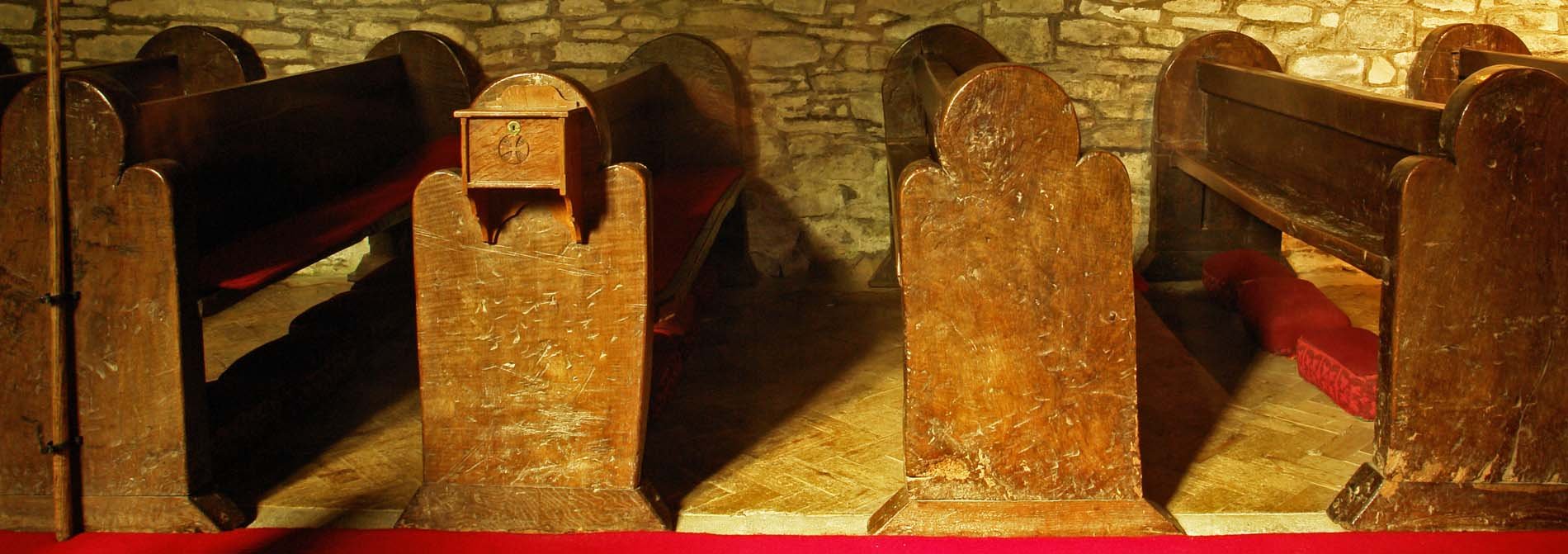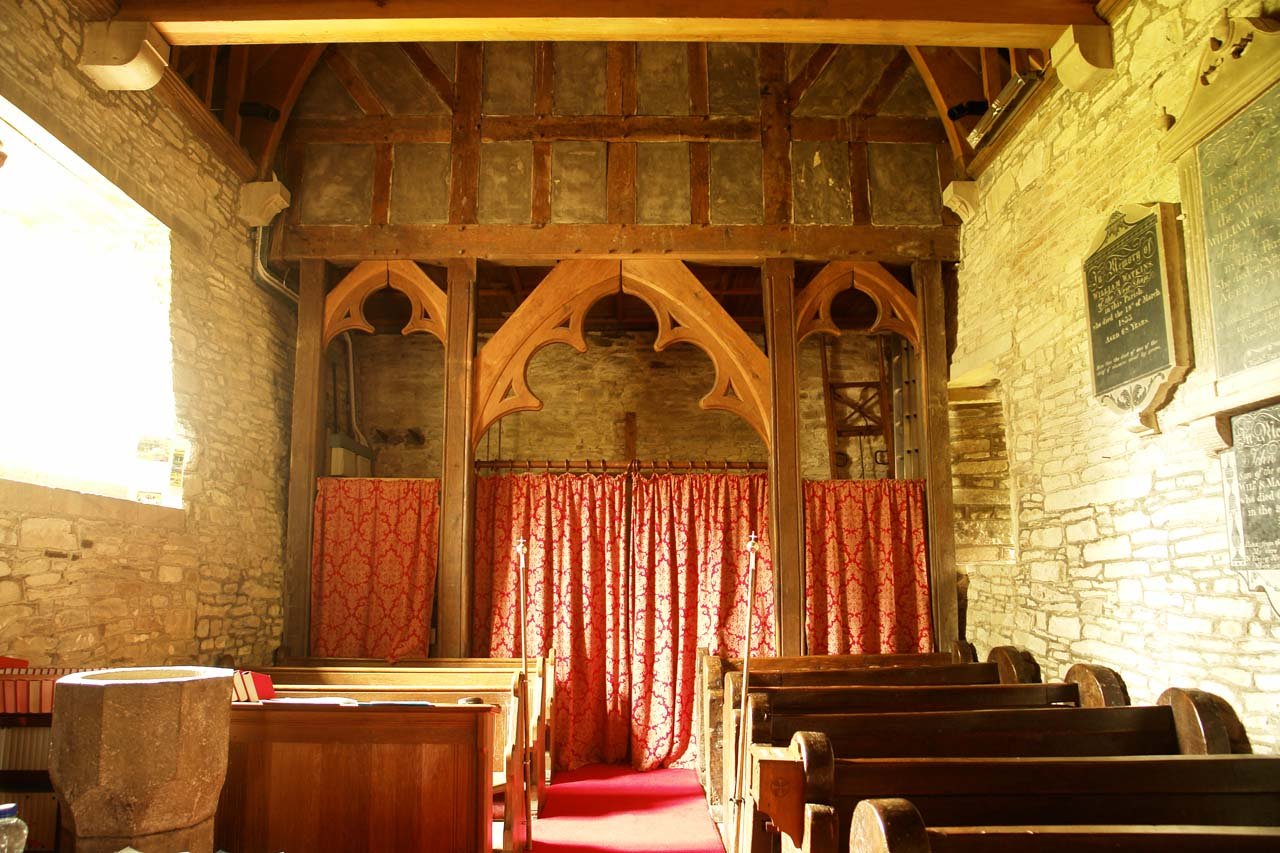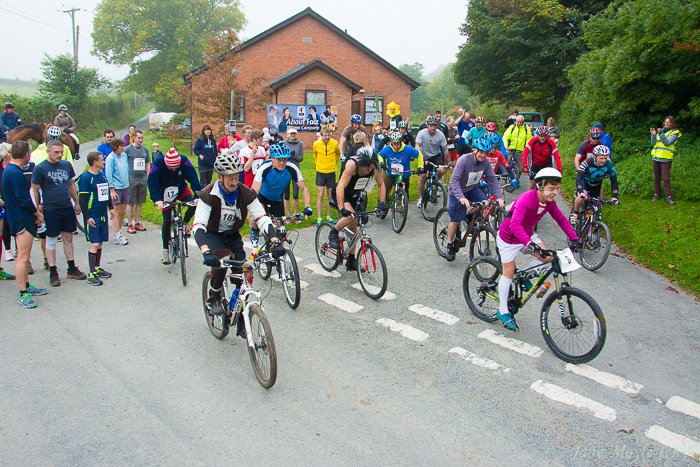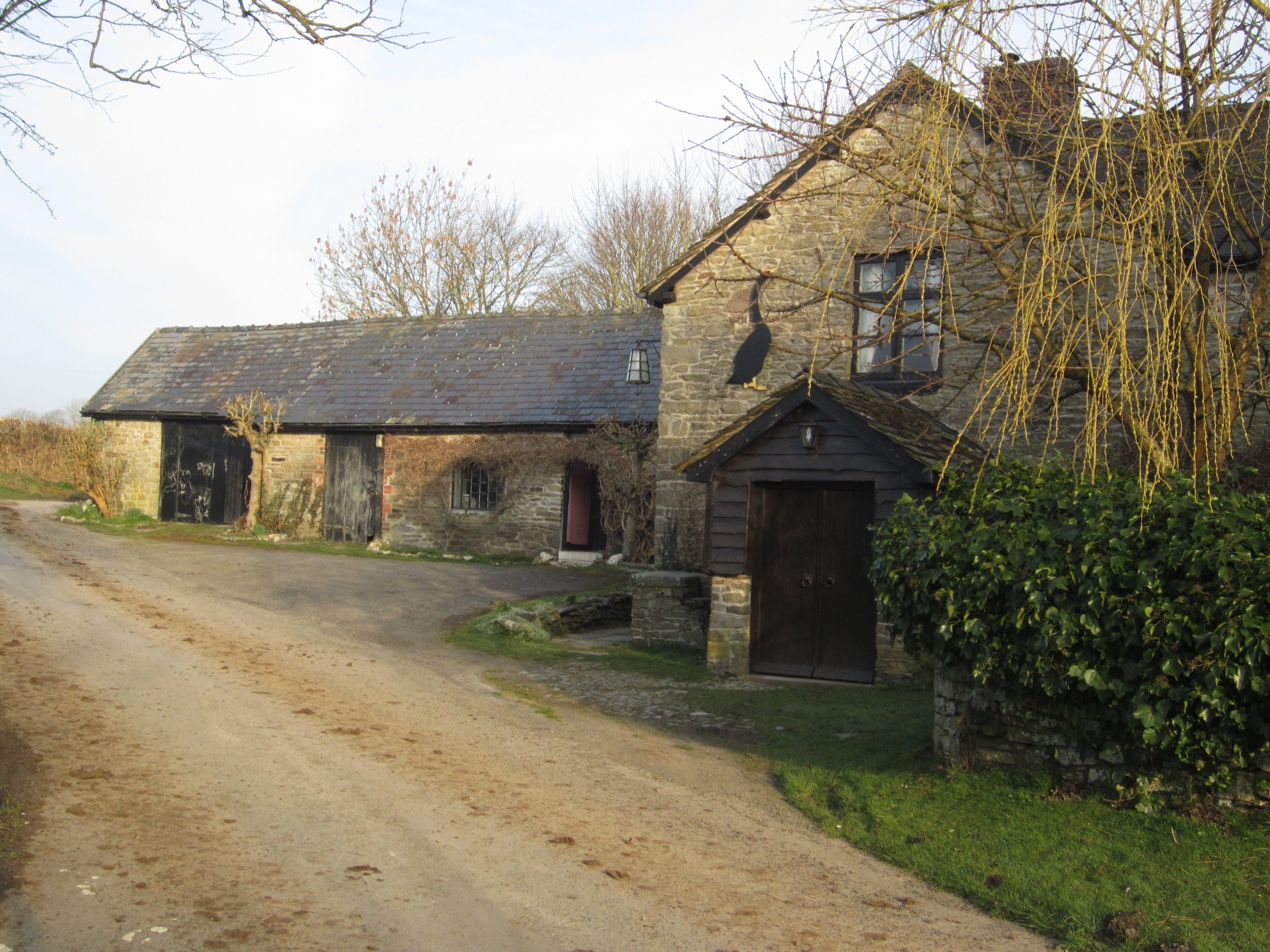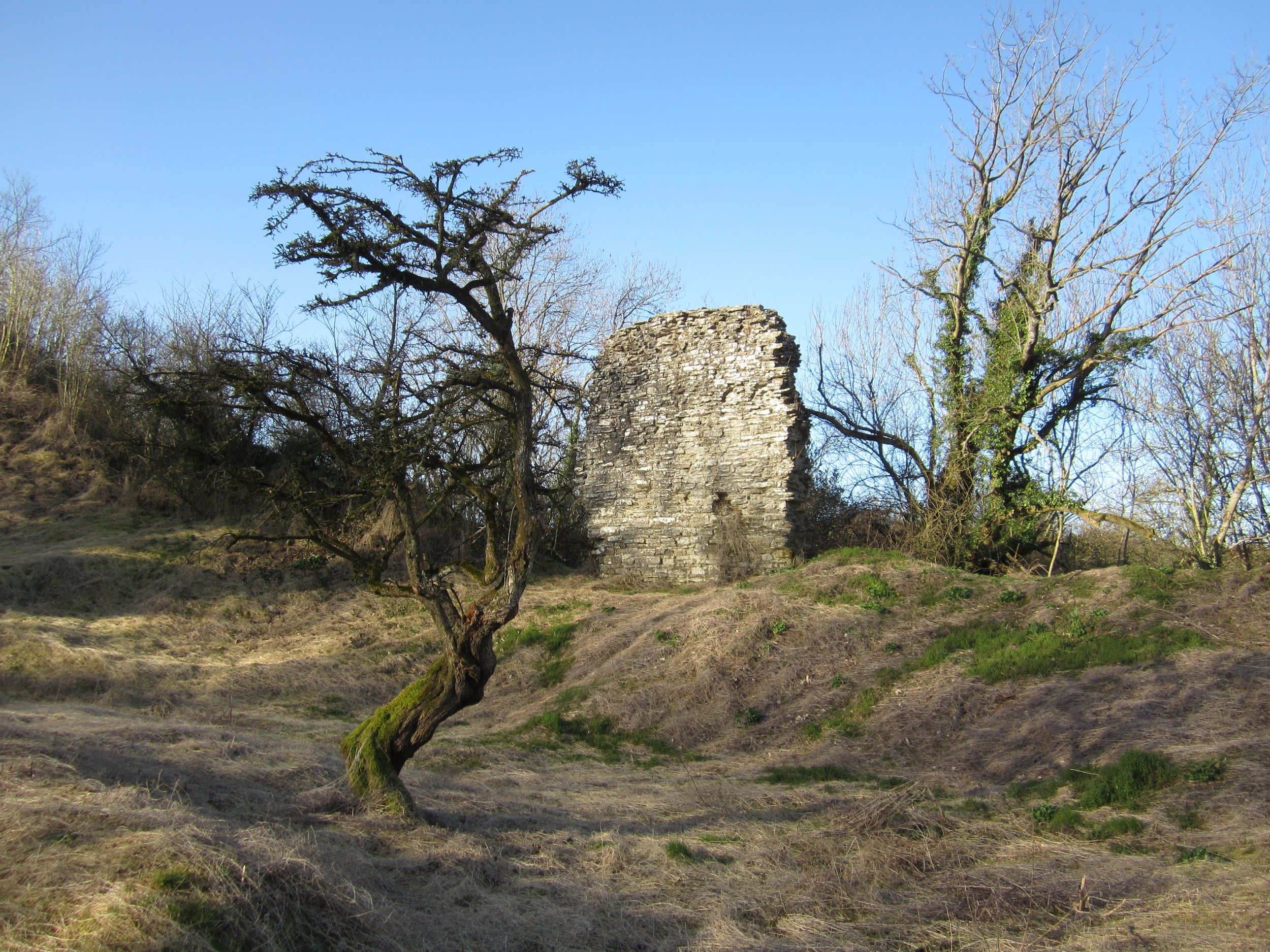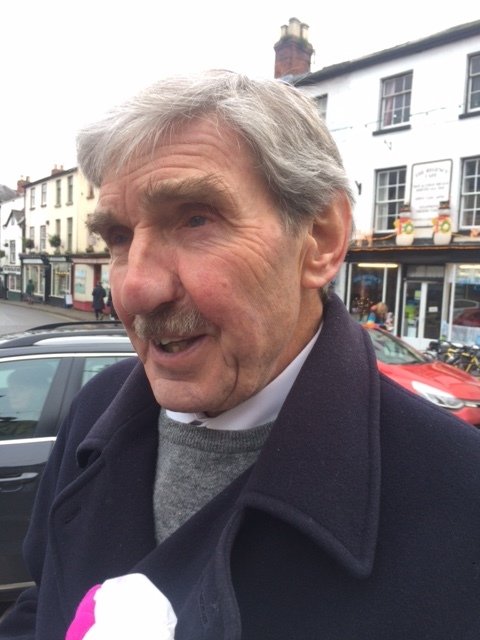Huntington
St. Thomas A Becket Church
Services are twice monthly, alternating between Holy Communion and Evening Prayer and between the Book of Common Prayer and Common Worship formats. The congregation is primarily elderly and a good attendance would be in double figures. Our organist plays for all our services. At Harvest Festival and Christmas our services are shared with the congregation of the United Reformed Church, also in the village. The Friends of St Thomas à Becket Huntington provides a means for exploring creative ways to help make the church a more vibrant centre of village life, both cultural and spiritual. In this way we also contribute to the costs of caring for our church.
The building is reputed to have been erected in the early 13th century as part of the penance of one of the murderers of Thomas à Becket in 1170 and possibly stands on the site of an earlier Saxon church. After the Reformation, Becket was no longer regarded as a saint. Nearly all churches consecrated to him were dedicated to other saints, but remote Huntington escaped the royal commissioner's notice. It is one of only four English churches still to claim Thomas à Becket as patron.
The building is Grade II* listed. By 1890, it had become dilapidated and largely through the generosity of Lady Arabella Romilly of Huntington Park, it was restored with screen and remodelled chancel. With its ancient oak pews and pleasing, more modern stained glass by the much acclaimed Henry Payne, it appeals strongly to worshippers and visitors as witnessed by comments in the visitors’ book.
The church seats seventy and is open all day. There is a well-supplied table of cards, guides and Parish information. The building is in good order and the organ has recently undergone a substantial upgrade. It was originally built by the Positive Organ Company of London which produced a considerable number of small instruments. The firm was founded by Thomas Casson (1842-1910) of Denbigh, a banker turned organ builder whose ideas of organ specifications were advanced for the time.
IOur church is approached through a farm yard along a muddy track and the first sight of it is against a backdrop of fields and hedges. It is a peaceful setting, unchanged over centuries, reminding one of the heritage and those gone before. Inside, with C15th pews, beautiful stained glass windows and a full array of lit candles, it is just a restful place to be.
The Holy Communion Service, as it progresses does it all; a reminder of the commandments, the readings, very often a letter from St Paul, the Gospel with a parable or miracle described, declaring one’s faith by The Creed and the sermon, usually enlightening on the readings. Then as we pray, it is an opportunity to reflect on the Christian message of unity and love, to remember our rulers and governors, to think of those less fortunate than ourselves; if they are refugees being hungry or sick or with little shelter; if in trouble or need and to remember the departed and those who are grieving. Then, having together confessed and repented, to hear the story of the Last Supper is to take us to the Altar and accept the sacraments. That is when you feel closest to Jesus and the Father.
Then with our church so lucky to have a regular organist, we hear voluntaries played and join in hymns sung. After the service, then follows a bit of friendship over a cup of coffee before we all dash off until the 3rd Sunday when Evening Prayer provides quiet time before the week ahead.
All that adds up to a unique period in a week where one can reflect on others less fortunate, on our purpose in life and on how we should behave and conduct our lives.
And finally, as a church warden, being charged with trying to maintain a centuries old building that will be there for generations to come, is challenging and rewarding.
Peter Kelly
We live in a peaceful part of the world, but entering the church takes you to a quieter place still. I am the church's stand-in organist, which I enjoy and I help to clean the place. There's satisfaction in both tasks from the sense of belonging to a community that has kept the church standing and open for hundreds of years and the continuity of work across the generations that's made this possible.
Fiona
Our Community
Huntington is predominantly a farming community, three miles west of Kington adjoining the Welsh Border. Recorded in the Domesday Book in 1086 as Hantinetune 'the homestead of the huntsmen' it was described as a wasteland having been destroyed during the conflict between the English and the Welsh some thirty years earlier.
The village has the remains of a castle that by the C13 was the defensive and administrative centre of an important manor with a resident reeve or steward. There are now about 45 dwellings, supporting a population of 80 or so. The Village Hall is used for a variety of functions including Harvest Supper, WI, dancing, table tennis, quiz nights and occasional reviews.
Annually, the Huntington Chase takes place from the village with competitors on horse, bike or running race over a 10km course taking in Hergest Ridge. And surprisingly, you may think, competitors are fairly divided between the three modes of racing. The highlight of the village’s calendar is the Summer fête, established for 60 years and a highly popular event, drawing crowds from far and wide. This is a real fête!
